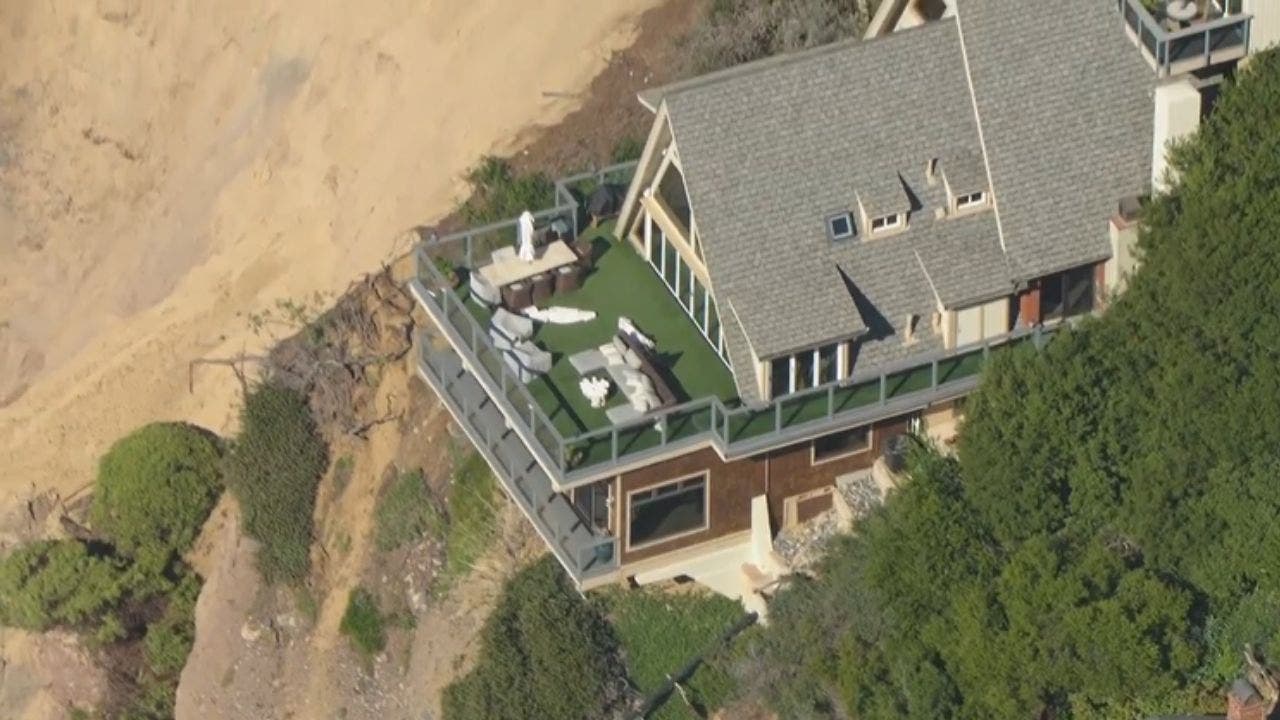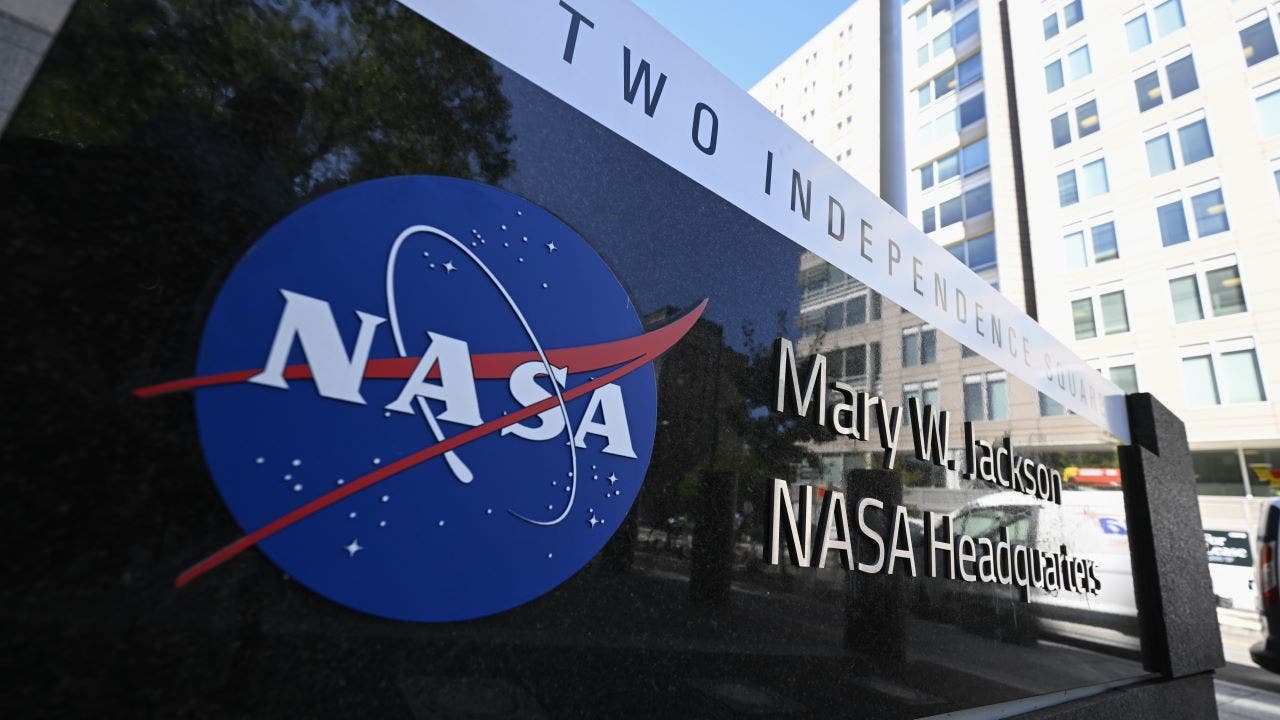The most famous street in New Orleans, lined with iron lace balconies and typically packed with tourists spilling from bars and jazz clubs, transformed into a crime scene on Jan. 1 when a man drove a pickup truck into crowds celebrating the dawn of the new year.
By Monday, a stretch of Bourbon Street had become a memorial to the 14 people killed in the attack there, and President Biden flew in to speak at a vigil for the victims, declaring that the city would overcome what he called a “horrific act of terrorism.”
In the St. Louis Cathedral, Mr. Biden addressed a crowd that included Gov. Jeff Landry of Louisiana, a Republican, and Mayor LaToya Cantrell of New Orleans, as well as local law enforcement officials in uniform. The cathedral was still decorated for Christmas, with red poinsettias in gold-foil-wrapped pots lining the interior, and trees at the front of the nave topped with bows.
“If there’s one thing we know, New Orleans defines strength and resilience — you define it,” Mr. Biden told the crowd. “Whether it’s in the form of this attack, or hurricanes or super storms, this city and its people get back up. That’s the spirit of America as well.”
Archbishop Gregory M. Aymond of New Orleans acknowledged the loss and pain that the attack had brought, and said that the evening’s observances were on behalf of those who were killed and injured.
“This attack was not just a wound to New Orleans, but it was a wound to our nation, to our world and to our search for freedom,” he said.
“For some of those victims, it will take a long time of recovery. To you we say: Do not lose hope,” he added.
Some New Orleans residents said they appreciated the president and the first lady, Jill Biden, for visiting and acknowledging the gravity of the event. Michael Clark, a handyman who works on Bourbon Street, said his friends and co-workers felt traumatized by the attack.
“We’ve had shootings down here before, but it’s nothing like this,” Mr. Clark, 54, said. “Nothing like this random, senseless act of violence.”
The authorities have identified the attacker as Shamsud-Din Jabbar, 42, a native of Texas who drove in from Houston. The Federal Bureau of Investigation classified the attack as an act of terrorism and said Mr. Jabbar appeared to have been inspired by the Islamic State extremist group.
The Biden administration has pledged extra security to New Orleans, including field intelligence teams and bomb-sniffing dogs, over the next few months as tourists arrive in the city for major events. Carnival, the season of festivities that leads up to Mardi Gras, began on Monday and continues into early March. New Orleans will also host the Super Bowl on Feb. 9.
Among the victims of the attack were a young mother who had just received a promotion at work, a teenager who had sneaked out to celebrate the New Year, and a lifelong city resident who loved spending time on Bourbon Street.
Terry Gaskins, 58, an artist who biked to the memorial, said she had friends who had lost loved ones. Having lived in New Orleans for about two decades, Ms. Gaskins said, she had witnessed the city endure numerous challenges and appreciated the president’s presence.
“President Biden is a very compassionate man,” she said. “It will affect him like it affects us.”
Not everyone shared that sentiment. Ricco Rideaux, 51, a lifelong resident of the city who was selling spray paint art near Jackson Square, said presidential visits were more of a disruption than a help, diverting police resources that could be used elsewhere. Behind him, officers had set up barricades ahead of Mr. Biden’s arrival.
“He should stay in D.C.,” he said. “The city is already going through enough.”
Mr. Biden has frequently taken on the grim role of trying to comfort grieving communities after attacks or other disasters. In October, he visited states hit hard by Hurricane Helene’s devastating sweep through the Southeast.
This was his first trip to New Orleans in that capacity. He last visited the city in August to announce funding for a cancer treatment project at Tulane University. (His son Beau died of brain cancer in 2015; his daughter Ashley graduated from Tulane.)
But several presidents have visited New Orleans in the wake of disaster. George W. Bush traveled to New Orleans after Hurricane Katrina in 2005. And Barack Obama visited the city and other parts of Louisiana affected by the most damaging oil spill in American history, brought about by a blowout on the Deepwater Horizon offshore oil rig in 2010.
After landing in New Orleans on Monday afternoon, Mr. Biden and Dr. Biden placed flowers on the memorial on Bourbon Street. The couple then met with families of the victims, survivors of the attack and local law enforcement officials before the prayer service at St. Louis Cathedral.
At the service, the Rev. Ajani Gibson, the pastor of St. Peter Claver Church in New Orleans, read the names of all 14 deceased victims. For each name, a candle was carried down the center aisle of the cathedral to the front of the nave and placed on a table next to flowers. Some in the audience wiped their eyes. Others sung along quietly to the song “Grant Them Eternal Rest.”
Mr. Biden and Dr. Biden placed a candle as well, in what was described as a symbol of unity and hope for the country. Mr. Biden returned to his seat with his eyes downcast.






